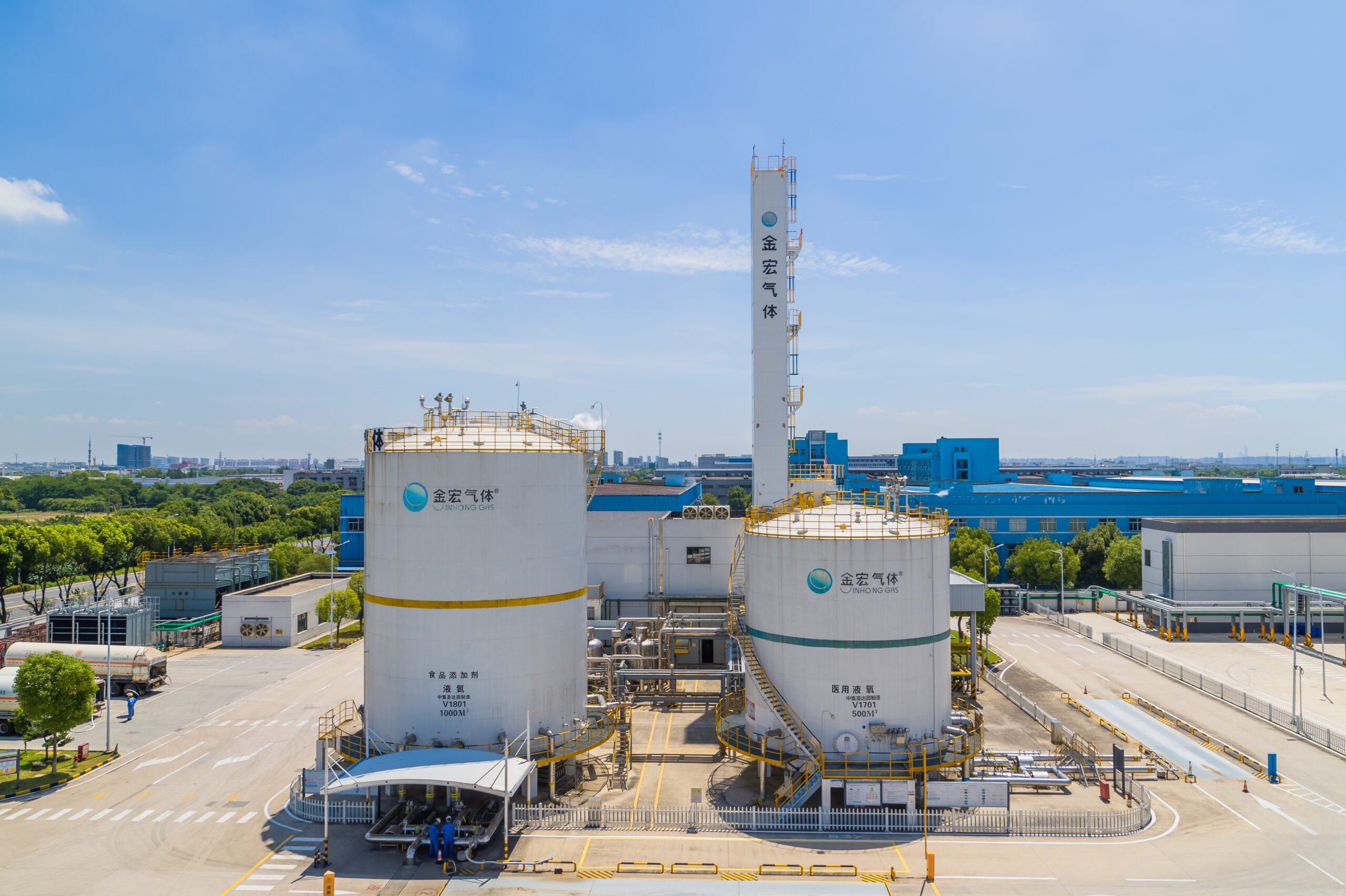I. What is Ethylene Oxide Sterilization?
Ethylene oxide (EO) sterilization is a broad-spectrum, high-efficiency sterilization method with strong penetrability and minimal damage to materials. EO has the molecular formula C₂H₄O and a molecular weight of 44.05. Its high vapor pressure allows it to penetrate microstructures and reach deep into materials. Both liquid and gaseous EO possess strong antimicrobial activity, with the gas being more potent.
EO effectively kills various microorganisms, including vegetative bacteria, spores, fungi, and viruses, making it a broad-spectrum sterilant. Its mechanism involves nonspecific alkylation with microbial proteins, DNA, and RNA. EO alkylates key functional groups (e.g., carboxyl, amino, thiol, and hydroxyl groups), disrupting metabolic reactions and leading to microbial death.
The sterilization efficiency of EO is influenced by many factors, such as EO concentration, temperature, relative humidity, duration of exposure, material quality and thickness, microorganism age, and moisture content. EO causes minimal damage to most items but can affect certain food components and cannot be used to sterilize blood. It is toxic to humans and animals, and its permissible concentration in the work environment should be less than 1 mg/kg.

Mechanism of EO Sterilization & Physicochemical Properties
EO is a simple epoxide with a molecular formula of C₂H₄O and molecular weight of 44.05. In liquid form, it is colorless and transparent, with a sweet ether-like odor. The odor threshold is 500–700 ppm, far exceeding the NIOSH permissible exposure limit, indicating potential overexposure when detectable by smell. EO is highly flammable and explosive, with a lower explosive limit of 3% (30,000 ppm). To reduce risk, inert gases are often added.
At 4°C, EO has a specific gravity of 0.884, boiling point of 10.7°C, and a density of 1.52, making it highly volatile at room temperature. EO is lighter than water and may overflow if discharged directly into water. It forms ethylene glycol upon hydrolysis. Its high vapor pressure enhances penetration capability.
Table 1: Vapor Pressure of EO at Different Temperatures
| Temperature (°C) | Vapor Pressure (mmHg) |
|---|---|
| 0 | 760 |
| 10 | 1000 |
| 20 | 1275 |
| 30 | 1600 |
| 40 | 2000 |
EO can rapidly penetrate various materials:
- 0.1 mm polyethylene or PVC in 5 minutes
- 0.04 mm nylon film in 22 minutes
- 0.3 mm neoprene tape in 26 minutes
- 0.39 mm rubber cloth in 41 minutes
Its sterilizing mechanism, through nonspecific alkylation of microbial proteins and nucleic acids, causes irreversible microbial death. EO is considered a sterilant (not merely a disinfectant) and remains one of the most effective chemical sterilants. It also inhibits microbial enzymes such as phosphorylases, peptidases, choline esterases, and cholinesterases.
II. Main Application Scenarios of EO Sterilization
Advantages of EO Sterilization
- Suitable for heat- and moisture-sensitive items.
- Kills all microorganisms, including spores.
- Excellent penetration, ideal for long, narrow tubing.
- Minimal material damage—especially suitable for delicate instruments.
- Allows packaging prior to sterilization, reducing cross-contamination.
- Standard chemical and biological monitoring available.
- Decades of safe and proven use.
Disadvantages
- Long total cycle time due to required aeration.
- Toxic and potentially carcinogenic—requires strict environmental controls.
- Flammable and explosive—demanding safe storage and handling.
Clinical Applications
Common EO-sterilized items include:
- Endoscopes: arthroscopes, bronchoscopes, cystoscopes, gastroscopes, colonoscopes, ophthalmoscopes
- Medical devices: anesthesia machines, hemodialysis units, heart-lung machines, respiratory devices
- Surgical instruments: electric drills, cauterizers, scalpels, microsurgical tools, prosthetics
- Rubber products: catheters, drains, gloves, tubing
- Plastic products: airway tubes, pacemakers, heart valves, syringes, petri dishes
- Miscellaneous: thermometers, toys, books, sutures
EO remains a key low-temperature sterilization method.
III. EO Sterilization Process Explained
Four Major Phases
- Preconditioning: Drying and moisture control
- Gas Exposure: EO gas is introduced under controlled conditions
- Aeration: Residual EO is removed through ventilation
- Validation and Release: Residual testing, microbial challenge, and documentation
Equipment and Control Systems
Modern EO sterilizers include automation, real-time humidity/temperature monitoring, and remote data logging. Equipment is available for laboratory, pilot, and industrial scales.
IV. Regulatory and Standards Requirements
EO packaging materials must meet several criteria:
- Permit EO gas penetration
- Tolerate sterilization humidity
- Facilitate EO residue removal
Table 3: Common EO-Compatible Packaging Materials
| Material Type | Features & Notes |
|---|---|
| Medical-grade paper | Breathable, good EO permeability |
| Tyvek® (HDPE) | Excellent chemical resistance, strong barrier |
| Polyester film | Heat-sealable, durable |
| Composite materials | Combine barrier and permeability properties |
| Polyethylene/Polypropylene | Used as inner wrap, limited permeability |
V. Common Challenges and Alternatives
Key Challenges
- Health & Environmental Risks: EO is carcinogenic; strict leakage control is essential
- Stricter Regulations: Tighter EO usage and emissions laws in the EU/US require compliance upgrades
Alternative Technologies Comparison
EO sterilizers must meet critical safety criteria:
- Automatic door lock after EO release
- Sealed chamber to prevent leakage
- Gasket grooves for effective sealing
- Vacuum and pulsed washing for residue removal
- Alarms in case of malfunction or leakage
- Auto gas venting during power failure
- Dual-mode capability (sterilization and aeration)
6.1 Mixed-Gas EO Sterilizers
To reduce flammability, EO is often mixed with inert gases:
- CO₂ (8.5% EO / 91.5% CO₂)
- Previously used CFCs or HCFCs are being phased out
CO₂ Pros: eco-friendly, moderately priced
Cons:
- Gas stratification may reduce sterilization efficacy
- Risk of polymerization and clogging
- Higher pressure may damage fragile items
- Low gas utilization (<50%)
- Must ensure leak-proof pipelines and valves
- Operates under positive pressure
- Longer sterilization times
6.2 100% Pure EO Sterilizers
Use small sealed EO cartridges (≤200g) for safety.
Features:
- No external piping
- Shorter sterilization cycles
- Negative-pressure operation reduces leak risk
- Safe storage required to prevent explosion/leaks
Increasingly adopted in hospitals.
VI. Choosing the Right Sterilization Service or Equipment Supplier
Key Evaluation Factors
- ISO/FDA certifications
- Sterilization validation and residue testing capabilities
- Experience in medical device industry
- Cycle control and delivery reliability
In-House vs. Outsourced
- In-House: Ideal for high-volume, consistent demand; long-term cost-effective
- Outsourced: Flexible, cost-saving for varied or low-volume products; reduces upfront investment and compliance risk
VII. JinHong Gas Support for EO Sterilization
As a leading gas solutions provider in China, JinHong Gas offers:
- High-purity EO gas
- Nitrogen (N₂) and carbon dioxide (CO₂) for atmosphere control and residue removal
- Design and installation of industrial-grade gas supply systems
Let me know if you’d like to see a diagram of the sterilization process, comparison table of EO vs. other sterilization methods, or sample EO compliance checklist.
Source:
1.https://my.clevelandclinic.org/health/drugs/18795-polyethylene-glycol-powder-for-solution



